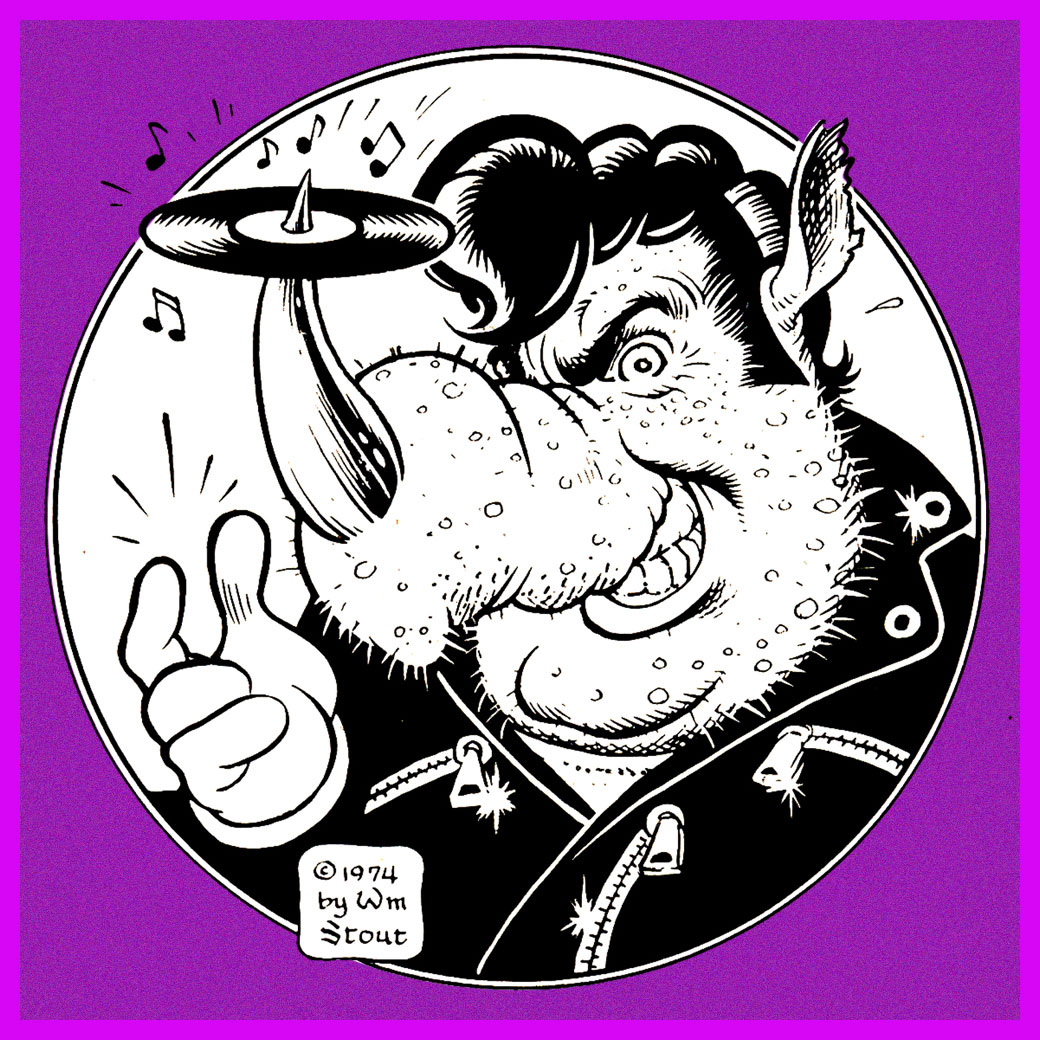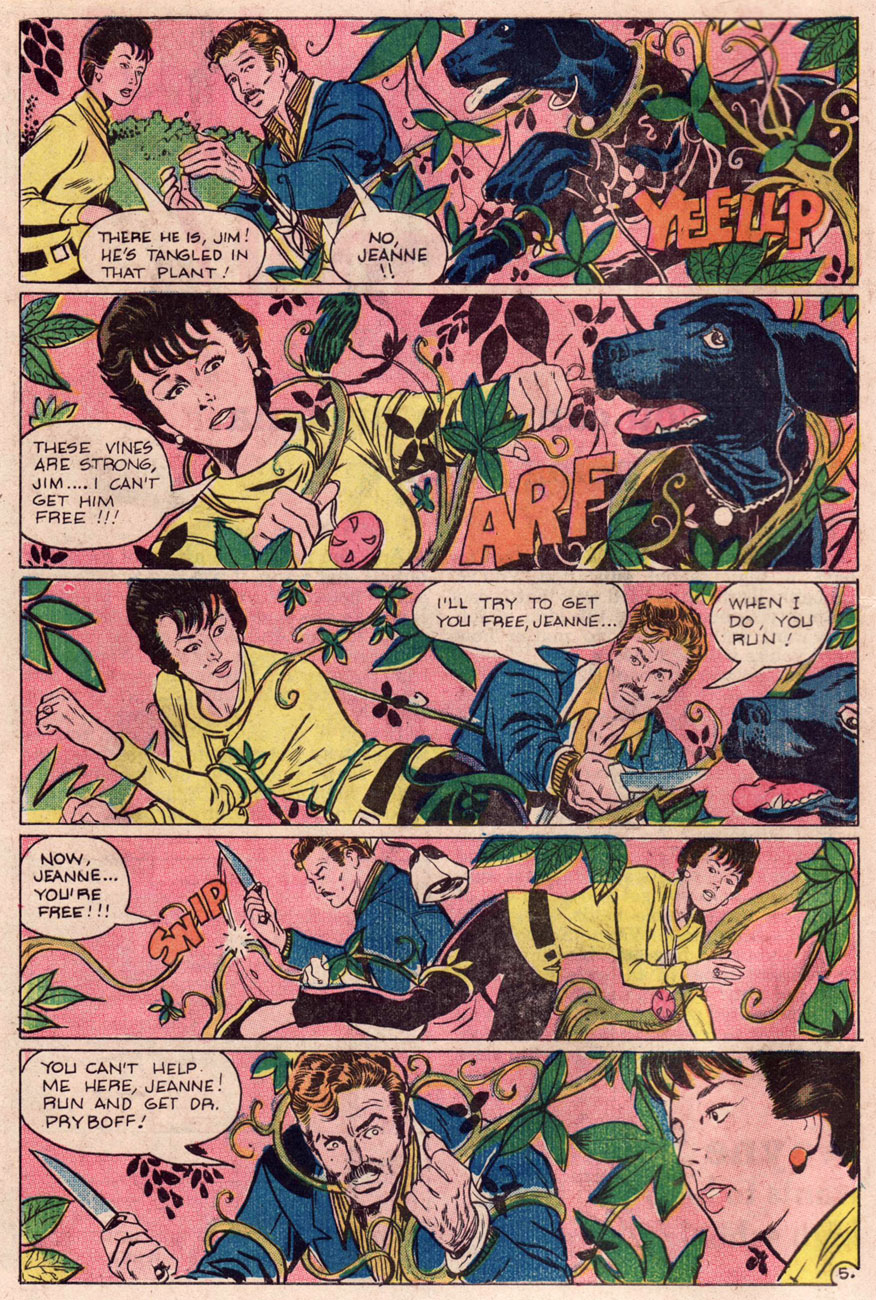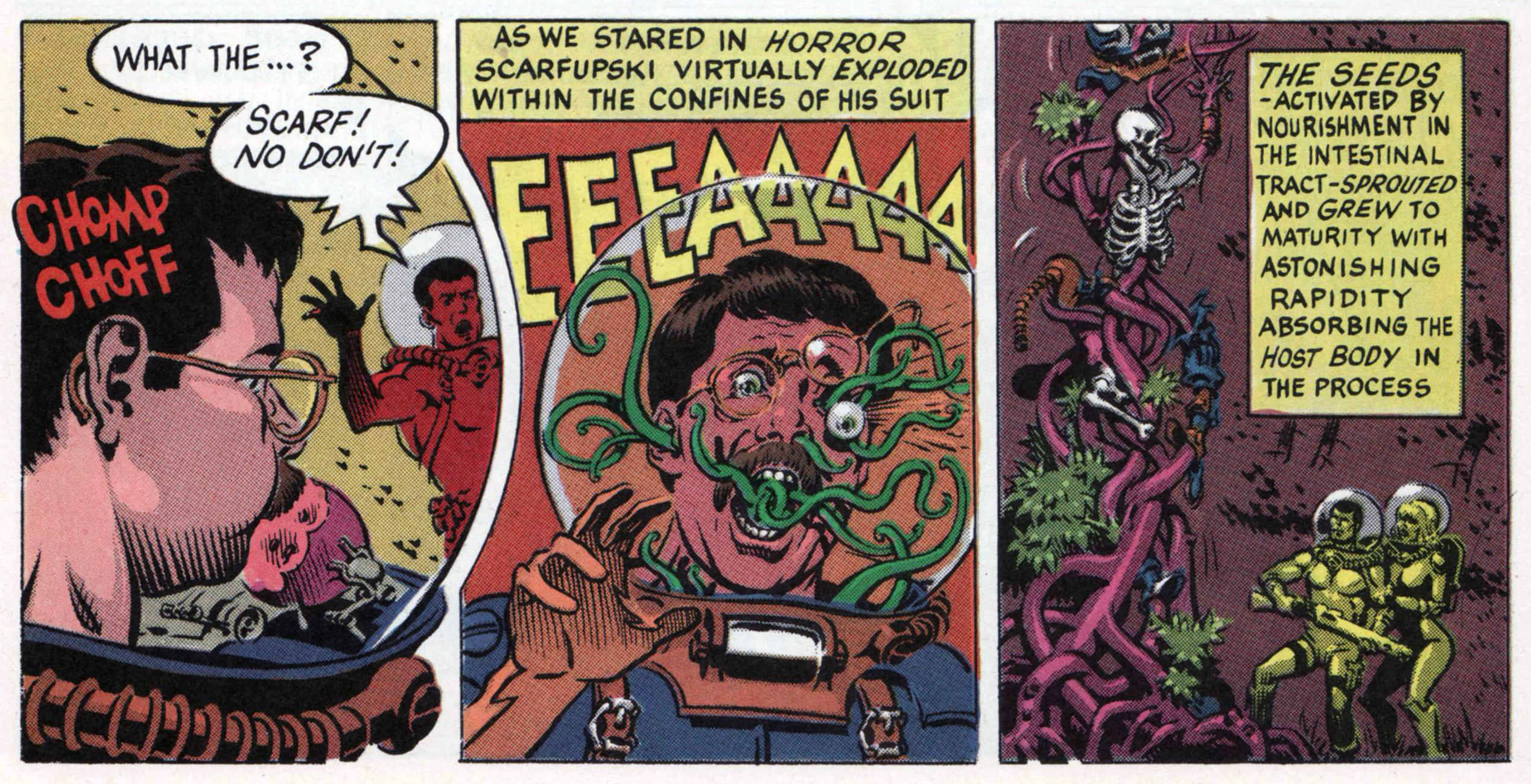« While so many other women underground cartoonists were reclaiming the right to their own bodies in the wake of Roe v. Wade with comics like Abortion Eve and Tits n’ Clits, Marrs was reclaiming hers by reveling in its grotesqueries—namely, burps, pimples, compleat dandruff, BO, flatulence, ‘and other bodily emissions’. »
My first exposure to underrated cartoonist Lee Marrs was the story A Feline Feast, which you can conveniently read in co-admin RG’s post Felines and Moonshine: Two by Lee Marrs. I liked the expressive sketchiness of her line straight away, but only got around to what’s arguably her magnum opus, The Further Fattening Adventures of Pudge, Girl Blimp, much later.
In a fairer world, Marrs would be a much better known name. Was is because her output was so wide-ranging, or because she was writing frankly about women as actual human beings, not some glorified version thereof? I think fame is largely down to luck, and I guess luck was not exactly au rendez-vous. Still, fame or no fame, it’s undeniable that her career has been long, varied, and, I imagine, satisfying. It has been summarized by Monica Johnson writing for The Rumpus, so if you want the nitty-gritty of it, head over here; I’ll just mention that she was one of the first female underground comics artists, as well as one of the ‘founding mommies’ of Wimmen’s Comix.

Comixjoint explains,
« Our squat, face-stuffing heroine Pudge is introduced with her hitchhiked arrival in San Francisco from Normal, Illinois as a fat 17-year-old runaway. She’s also a virgin and she really wants to get laid, but that won’t happen in the first issue (or the second). Pudge’s backstory is further complicated by the fact that she is, in reality, a Martian, and the government of Mars has sent two guardian Martians to Earth in order to keep an eye on her… »

I wasn’t setting out to write yet another post about an ‘historically important’ series; these things are accidental. The following scans are from a 2016 collection, The Further Fattening Adventures of Pudge, Girl Blimp, which almost looks like a print-on-demand affair, the art reproduced a tad shoddily and fuzzily. Where is the lavish hard-cover edition with bonus material, I would like to know? Well, we’ll settle for this in the meantime.



Here is a four-page sequence that I chose not only because it involves a cat (though I admit that influenced me), but mostly because it shows the nice dynamics of the close-knit group of ‘perverted hippies’ Pudge lives with:




Finally, a look at one of Pudge’s many attempts to hold a job:

The lovely thing about this series is that it never comes off as cringy, despite all the plot traps this comic could have fallen into. Pudge is not some sort of idealized, sexy Voluptuous Woman, and neither is she a butt of fat jokes. Her girth is a facet of her, along with her personality, curls, and puppy enthusiasm for some things – some people love her, some people don’t, and that’s fine. When she loses weight, her beau bemoans ‘sigh… I’m gonna miss all those yards of bouncy flesh…’ but he is not fetishizing her. Besides adroitly handling what’s arguably a taboo topic (although a lot more today than it was in the 70s, I imagine), Marrs also lovingly depicts a totally believable camaraderie between a rather disparate group of people of all races and interests; addresses sex in a playful and positive yet realistic way; and even delivers a sort of a public service message, as we follow Pudge while she gets a crash course in contraception, is instructed on how to find her cervix, and compares breasts with friends. She may occasionally end up in jail or suffer disappointments as she discovers that life is more complicated than she thought… but in the end, this is a friendly and welcoming world to spend some time in.
I’ll leave you with this Moebius parody, published in Imagine no. 3 (August 1978, Star*Reach):


~ ds























































